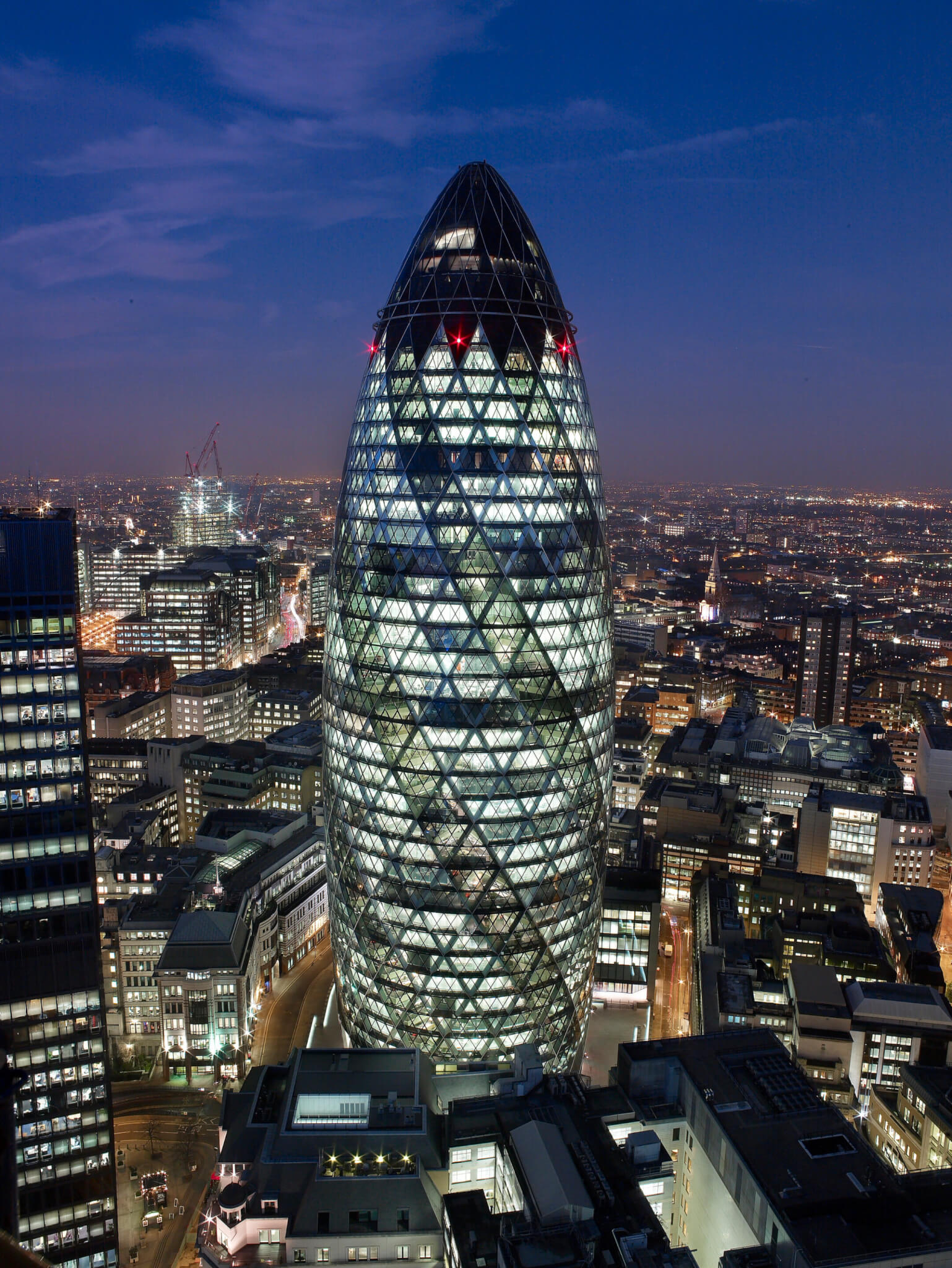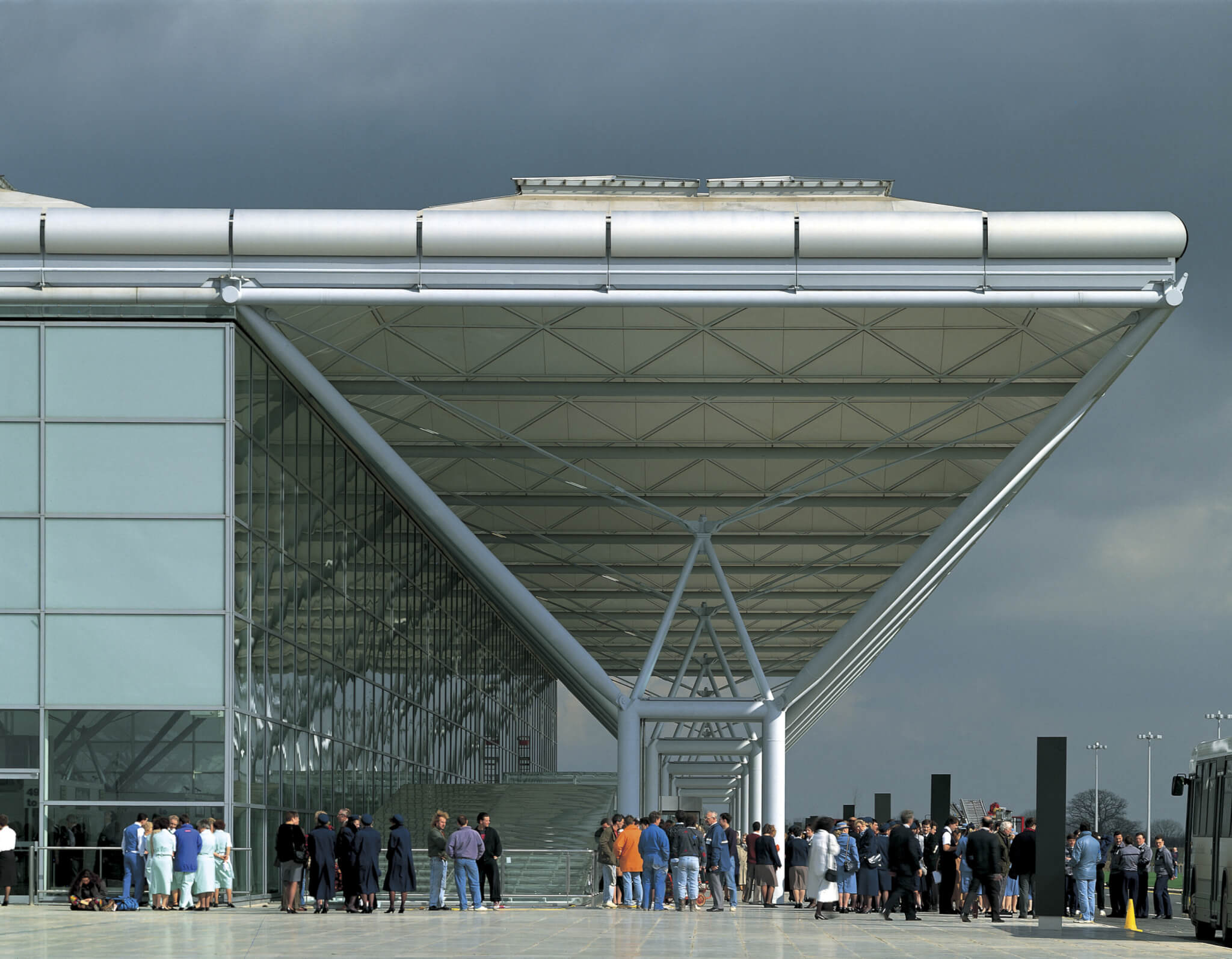Eminent modernist British architect Norman Foster was named the recipient of the second annual Philip Hanson Hiss Award. Foster, of the eponymous architecture firm Foster + Partners, is celebrated for his technological and ecological innovations in large scale architecture.
The Sarasota, Florida-based nonprofit organization Architecture Sarasota established the award in the name of Philip Hanson Hiss III to honor pioneers of innovative design. The organization was founded in 2021 when the Center for Architecture Sarasota and the Sarasota Architecture Foundation merged, in an effort to steward the legacy of the Sarasota School of Architecture through education, advocacy and the “celebration of good design in the global built environment,” a statement said. The recognition celebrates “the man who made Sarasota Modern,” Philip Hanson Hiss III, and his contributions to the emergence of the Sarasota School of Architecture which addressed the South Florida gulf coast region’s geographic, climatic, and socio-cultural context. The modern architecture movement championed by Hiss raised a new generation of young architects, including Paul Rudolph—Foster’s former mentor at Yale.
Last year’s inaugural recipient of the Hiss Award was Toshiko Mori. Mori was recognized for her site-responsive and climate-conscious uses of materials and technology in her practice.

Throughout his career, Foster has championed sustainable design principles like those promoted by the Sarasota School of Architecture and extended them to large scale urban architecture, applying the “supermodernity” aesthetic to skylines in city across the globe.
Foster’s past work has consciously innovated to optimize the surrounding environment and integrate the users of the space. For the Willis Faber & Dumas headquarters, commissioned in 1957, Foster reimagined the workplace by designing a modular open-plan design that restored a sense of community to workers. For London’s Stansted Airport (1991) and the Hongkong and Shanghai Bank (1986) commissions, he maximized the use of natural light. More recently, 30 St Mary Axe (2004), colloquially known as The Gherkin, employs gaps on the building for natural ventilation, and the Hearst Tower (2006) was the first commercial building in New York City to receive a LEED Gold rating.

This year’s award will be presented at Architecture Sarasota’s largest fundraising event of the year on March 23, 2024 at the Paul Rudolph and Ralph Twitchell–designed Revere Quality House.
“He’s a committed steward of modernist architecture,” Architecture Sarasota president Morris Hylton III said of Foster. “Norman Foster’s career has been a testament to the universality of the Sarasota School’s influence and enduring legacy,” he added.











